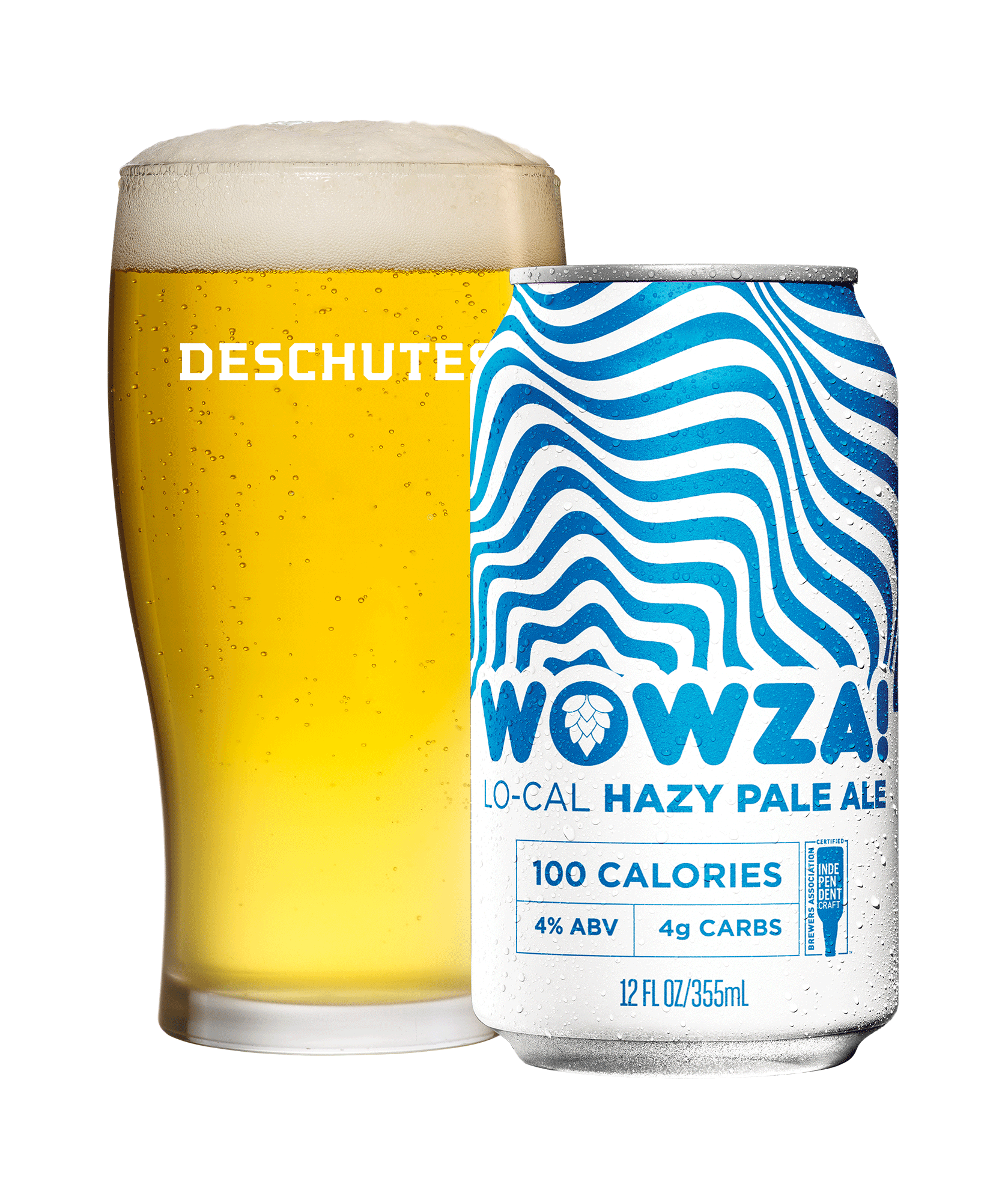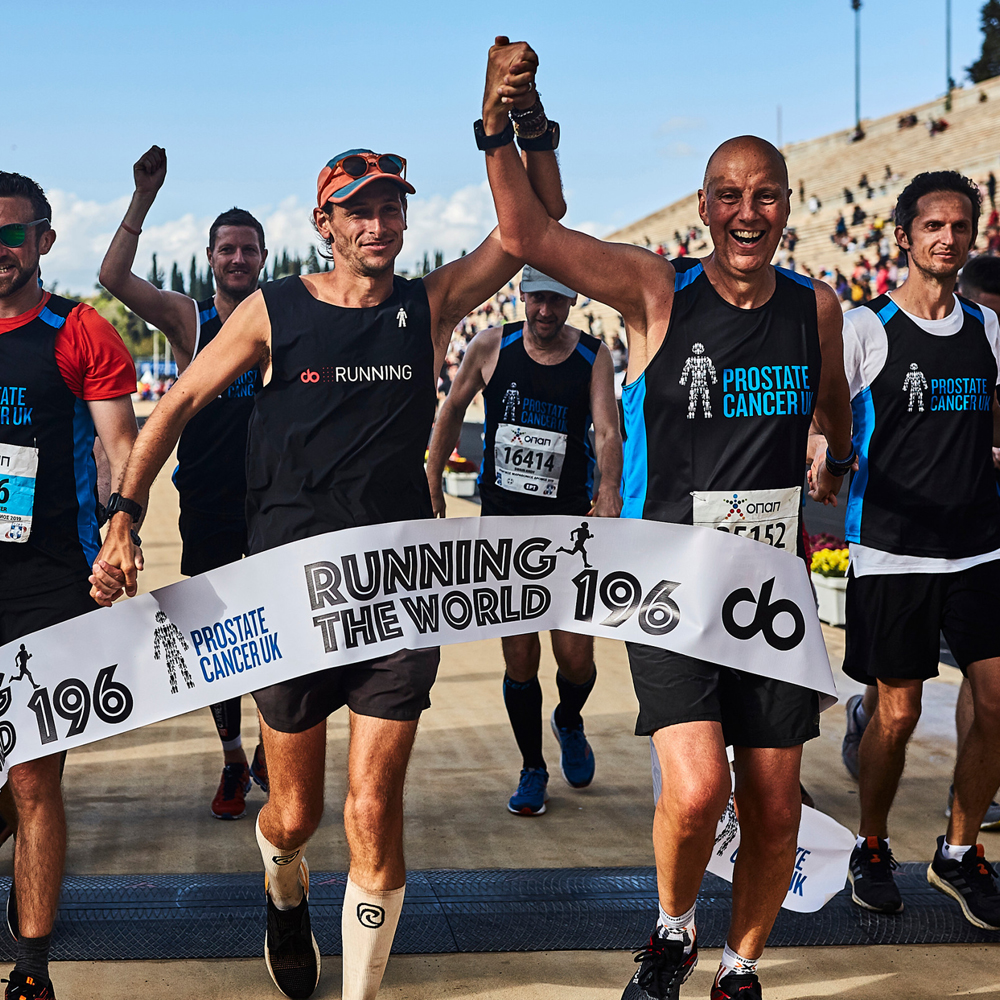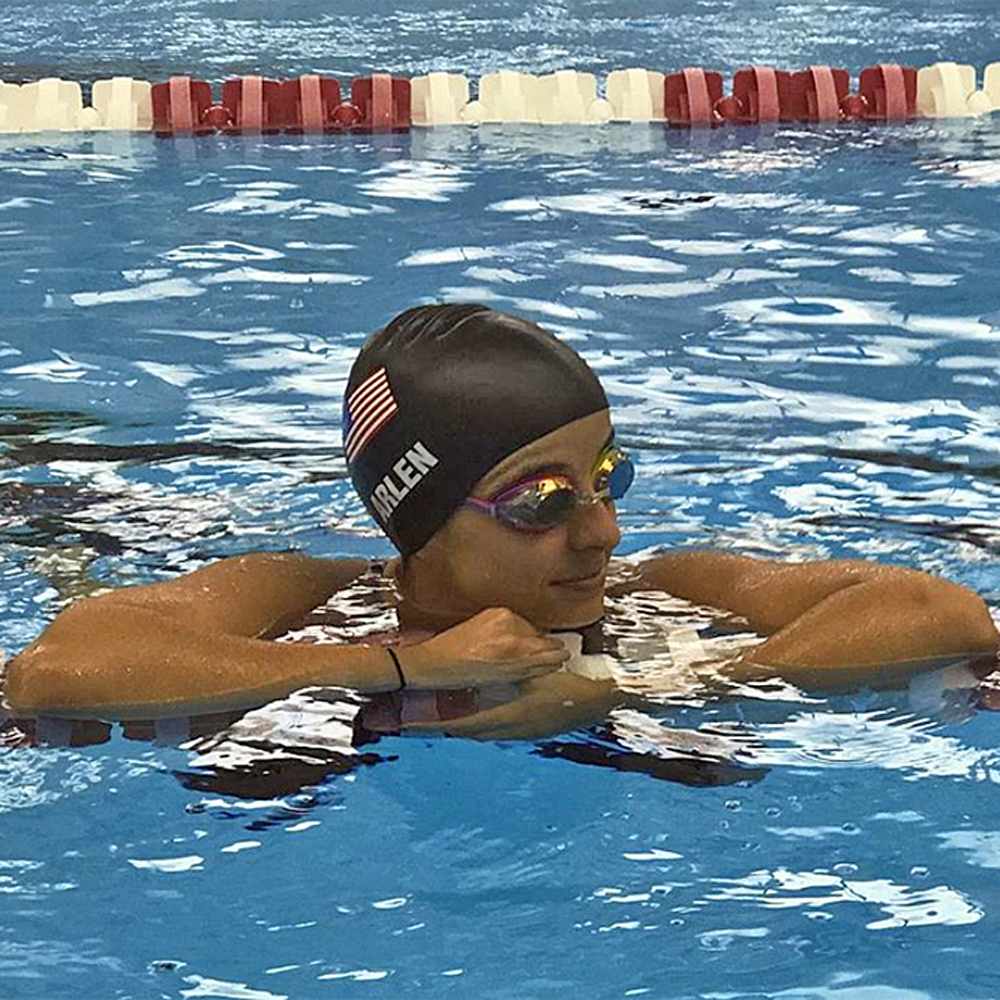In 2011, Chef Eduardo Garcia was bow-hunting elk in the backcountry of his native Montana. After coming across an old metal barrel containing the remains of a young black bear, Garcia moved to remove one of its claws as a keepsake. Unbeknownst to him, the bear’s carcass was lying on a power line with an active 2,400-volt charge, and Garcia took the full force of it.
After regaining consciousness, he managed to walk three miles to get help, at which point he was airlifted to a hospital in Utah where he spent 50 days in intensive care. While undergoing numerous surgeries for his injuries, including the amputation of his left arm below the elbow, Garcia was also diagnosed with stage two testicular cancer.
Garcia’s entire story is depicted in the excellent documentary film Charged (available on Amazon, we cannot endorse it strongly enough), but the long and short of it is this: in the face of tremendous adversity, he remained positive and refused to give up. He beat the cancer, he learned to cook with the use of a prosthetic hook, and nine years later, the “bionic chef” is one of America’s most beloved culinary personalities. He’s cooked everywhere from The Today Show to Good Morning America to YETI’s Hungry Life series, he’s competing in Ironmans, and Montana Mex — the delicious line of sauces/seasonings/oils for which Garcia acts as CEO and co-founder — can be found all over the country (as well as online, should you desire to grace your pantry with some).
Garcia, to put it plainly, is a badass. And thus we were keen to sit down with him for “Against the Odds,” a three-part interview series in which we’re profiling individuals who have looked at something that seemed impossible and thought to themselves, “Na, I can do it.” You know, for inspiration. And science.
So we recently did just that, chatting with Garcia about being kind to yourself, the healing power of the great outdoors, and a guaranteed crowd-pleaser meal you can make during our collective time in quarantine.
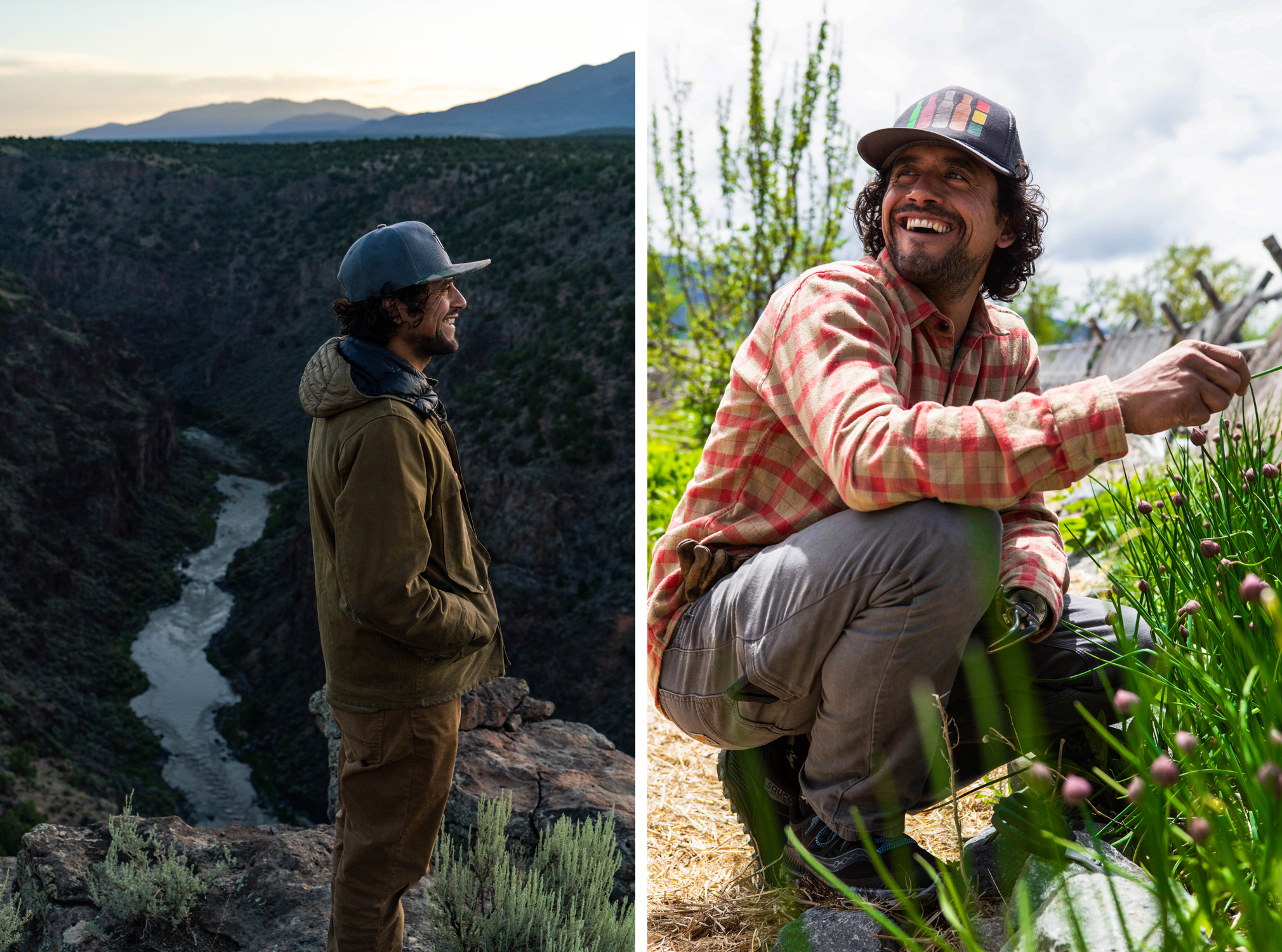
InsideHook: So walk us through the moments before the accident.
Eduardo Garcia: When I saw [the metal barrel], no red flags went up. As odd as that sounds, in the Rocky Mountain west there’s a significant amount of detritus from mining camps, old homesteads — it’s just not uncommon to see a scrap of metal or an old stove that used to have a cabin around it. Being the Boy Scout that I am and the lover of nature that I am, I was like, “Well, let me see if I can remove a claw and throw it in my pocket and keep moving.” Such an easy notion. Little did I know, right? Little did I know what would be the result of that.
Was there residual anger toward the people who should have been maintaining that box or marking it as hazardous? I feel like sometimes with life events like this, there’s this feeling of, “This isn’t fair. This isn’t my fault. This is someone else’s fault.” And the danger is that you can drown in that feeling.
So how I think I want to answer this so that it’s beneficial to folks is … What does anger management look like when you’re in that scenario? When you’ve lost a body part that you grew literally your whole life. Like, “That’s mine. I fucking grew it.” [laughs]
I’ve just never seen anger or even the conversation around fairness as supporting tools in my life process. I try to use those things — fairness, anger — as indicators that I need to be looking at myself, not others. I can’t force anyone else to do anything, but I can manage me. So if I can do my best to focus on what I can do versus what I can’t do, or what I have versus what I don’t have, it kind of brings me back to a place of opportunity and design and creation. And that has always been a place where I sing the loudest, where I’m happiest, where I feel most fulfilled.

The power of gratitude has continually come up in this interview series.
I’m incredibly inspired by what happens when we get out of our own way. I think so often the unknown has the ability to scare us out of our own abilities. We let our imagination — which is boundless, endless, infinite — run wild, and you let it create a scenario that doesn’t actually exist in reality. That’s scary stuff.
So much of my gratitude is born from just being a witness to what I do have, what is possible. And I think so much of that has to do with our ownership of reality and then our sharing it with others and inviting them to collaborate with us.
I often say there are three pillars that help me bust through walls. One, I’m just going to stop and say, “What is my reality?” Let me own it. “Where am I? What do I got?” Let me assess so I know what I own. And then two, let me communicate. Let me share because if I keep it inside, my imagination is going to kill me. Third, let me be strong or brave enough to ask for help, or share where I can help. Just collaborate, invite others to work with me on it.

Embrace the Impossible
When it comes to accomplishing the truly unlikely, the folks at Deschutes Brewery most certainly know a thing or two. Pioneering the craft beer scene since 1988 through unconventional techniques and a healthy disregard for the brewing mainstream, the Oregon suds mavens have long been creators of brews that nobody saw coming and have taken the beer world by storm.
Such is the case with WOWZA!, their delicious new lo-cal hazy pale ale that clocks in at a mere 100 calories and 4g of carbs. WOWZA! relies on four varieties of hops (Citra, Simcoe, Cashmere and Callista) as well as chicory root to yield big taste without a heavy body, making it an excellent flavor-rich alternative to typical lite beer fare for the discerning tippler.
An accomplishment we’re happy to raise a glass to.

In the film, you seem pretty upbeat and willing to talk about what’s going on and how you’re feeling pretty much directly after the accident. To what do you attribute that?
My entire life’s experience kind of played into this scenario. The work we do on ourselves is insurance for when we really need to show up. Who knows when we’re going to need to really be our best selves, so let’s just always work on it.
Also in ICU I was on a lot of drugs, right? [laughs] I was on all the pain meds. And there was also an element of ignorance. I had no idea how long it was going to last. I had no idea how long I’d be there for. All I knew is that the professional team and my family team of caregivers were all there working their butts off. So my role was to do my best.
So if you lay that whole template on the current scenario of the world, my call to action is we should all be doing our best. You can’t run from this, you can’t hide from this. The call to action is simply “know your role.” Where are you? What can you do that ultimately best serves the world around you? And in that, we will survive.
This sort of plays into something you’ve talked about, which is living with purpose. Can you speak to that?
Living with purpose, for me, simply means just knowing why I do things. Knowing why I do it so that I show up accountable, intentional. And I think when those criteria are met, it really enables me to walk with my heart wide open and my chin up and with a certain amount of resolve in my bones. And of course I have hard days and of course I have challenges. My wife has been there when I’ve shown up at home and just erupted into tears.
So it’s totally okay to recognize when it is hard. And giving it that recognition, but not abusing it — meaning not letting it make you feel like your life in total is screwed. I have this metaphor of a teabag. You don’t really find out how strong tea is until you pour boiling water on it. So I think it’s okay to recognize that this is crushing. It’s okay to recognize that life is full of pain and challenge. We can do our best to celebrate that feeling as part of living and not vilify or demonize it for being a negative, but rather just all of it being part of life.
There’s another point in the film where you say, “I think hiking is going to be some of the best therapy I’ll ever do.” Can you talk a little bit about the power of the outdoors in terms of helping people to heal or manage difficulty in their lives?
I think the outdoors is sort of an underrated prescription at a variety of levels. Nature has the ability to remind us of our innate power and ability. I’m reminded how much more there is to the world than what’s in my head. It has a tremendous way of sort of shaking me and waking me back up, which is important. It’s good to be reminded that we’re all a part of this big, dynamic thing. When we slow down to read nature, it’s so resilient. There’s a white-tailed deer in my backyard right now that I’ve been watching all winter, and it’s missing its back left hoof, right at the ankle. And yet it’s still out there duking it out with all the other animals, all the other predators, still competing for food, and it wakes up and wins every day. It’s incredible.
Nature exists in such a true way. It knows nothing but survive, thrive. Nature is designed to go where opportunity happens. You watch a stream roll, log comes down, diverts the stream, the stream will continue to find its course. It continually inspires me to just be greater, be optimized, be activated.
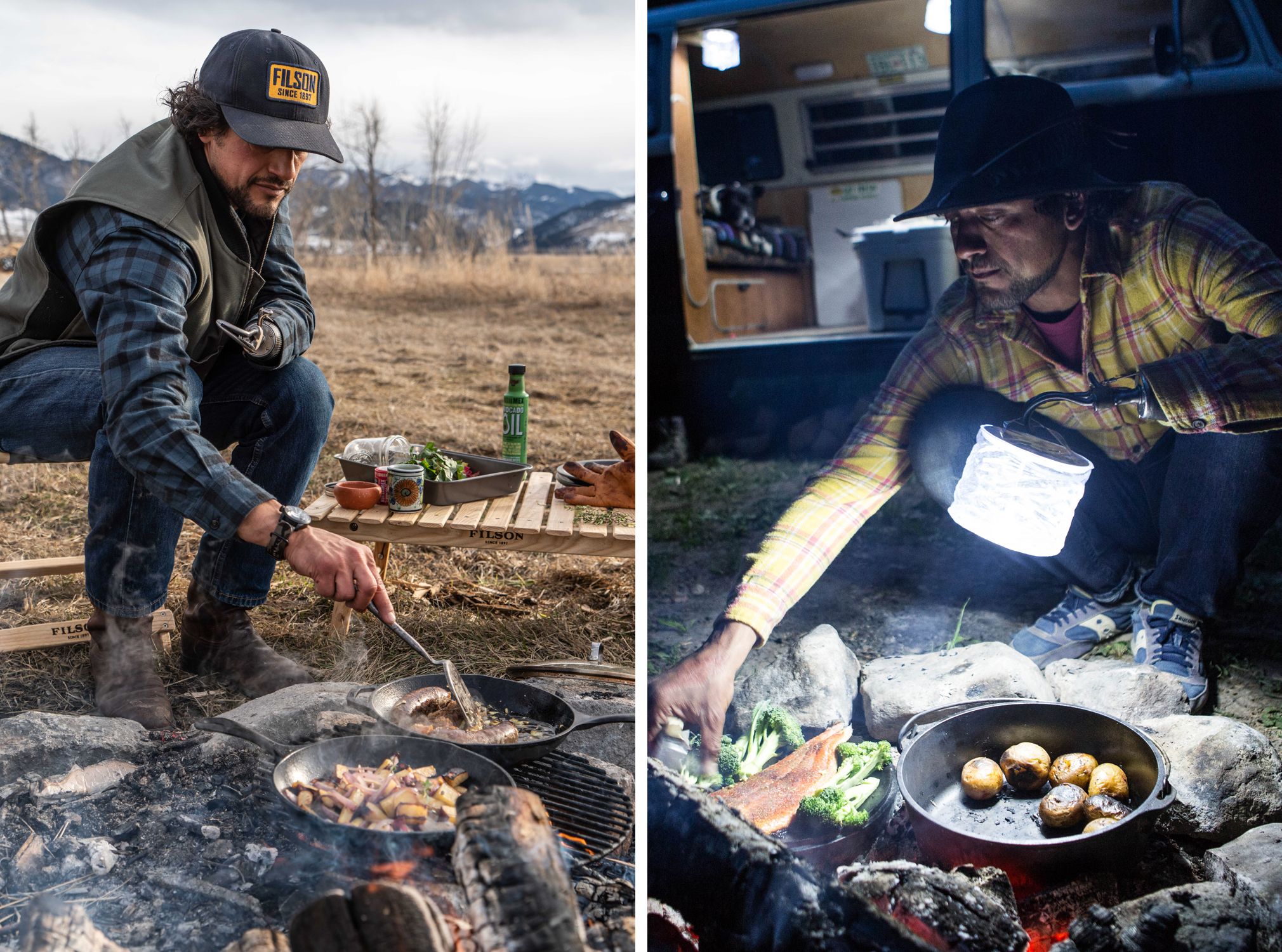
There’s that moment where you go hiking alone for the first time and you talk about needing to be able to fail again. I found that very powerful.
I think it’s important to take the opportunity to learn. Failure just says that we didn’t meet the goal. So let’s look at it. Let’s assess it. Let’s talk about it. Let’s break this thing down. Let’s understand it. Let’s invite others to break it down with us. Let’s see where we can invite the world to conspire and collaborate with us.
This idea of breaking things down to make them more manageable has also come up a lot during this interview series. Is that a technique you utilize?
I remember being 15, flipping burgers at Chico Hot Springs, my first job. Three tour buses show up out of nowhere. I’m 15 years old, my buddy’s 15, we’re the two line cooks and suddenly there’s like 300 people streaming through the bar and grill putting in orders. The ticket machine just starts printing like crazy. We’re grabbing tickets and we’re putting them up on the stabber on the exhaust hood above the grill. And all of a sudden there’s no more room for tickets. We start taping them to the hood and then we run out of real estate on the hood, so we just let the machine keep cycling — it’s just running this spool on the ground.
We go into the walk-in and have a moment out of the noise and look at each other. We basically just said, “All right, there’s not a single thing on any of those tickets that we don’t know how to do. So let’s stop thinking about doing 300 orders at once and let’s break it down one by one. Because that’s how it needs to go out the door, one plate at a time.” And we survived. It lived on in the record books of that restaurant for many years, one of the busiest days they ever had. And the lesson that we learned was, “Okay, one at a time. When things get overwhelming, let’s make it digestible.”
My mom has been so awesome in reminding me when times get tough. I was 15 when I learned that lesson, I’m 39 now. She brings it up every now and then. She’s like, “Don’t forget, just like the hamburgers at Chico. Just keep flipping those burgers, Ed.”
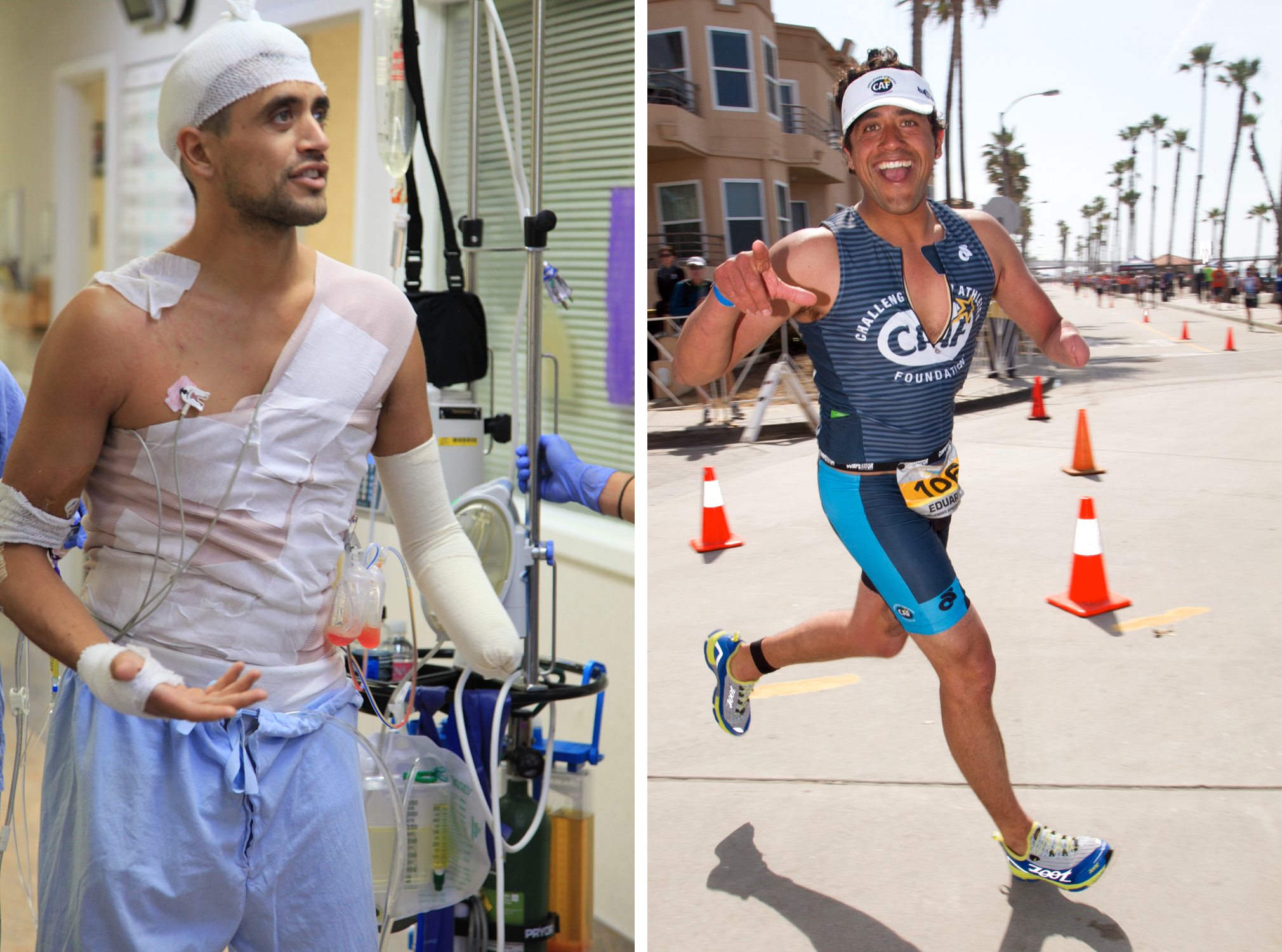
Now that you mention food, any tips for cooking during quarantine?
So I did a live on Montana Mex’s Instagram yesterday. I had this handful of chard that I was going to cook up and put on some grits. And there was mold and some funky leaves. I didn’t touch it until I was filming because I wanted people to see that “we got to work with what we got” is basically going to be my recipe.
My encouraging note from Chef Eduardo to whoever is cooking and reading, it’s that the heart-forward approach is the recipe that’s going to win these days. Because you may not have bread flour. That’s okay. What flour do you have? You may not have this or that ingredient. That’s okay. If I was to use the advice of my dad, who is one of the most intuitive cooks I’ve ever met, he would simply just say that “Love is the only ingredient you need, everything else is a bonus.”
So I would encourage folks that no matter what they’re cooking, to be kind to yourself first and to others in the same stride. Give yourself the courtesy of some care right now and the encouragement that everything we do moving forward is a success. Let’s beat ourselves up less and when we step in to work with the tools that we do have, let’s congratulate ourselves for showing up.
Any final thoughts?
I just want to give [close friend Jenny Jane] kudos for the role she played as my caregiver, and my family as well. So as we’re putting this interview out there as a tool to hopefully serve other people, I think it’s important to state that with the film, the whole team’s goal was that it help others and that it didn’t just highlight the journey of Eduardo’s life, but also kind of lit up the shadows of trauma and tragedy and threw some love, affection, and consideration out to the caregivers of the world — because often they just don’t get the attention they deserve. So in what we’re going through right now, I think it’s important to recognize all of those who are working for us and serving us and trying to help us out.
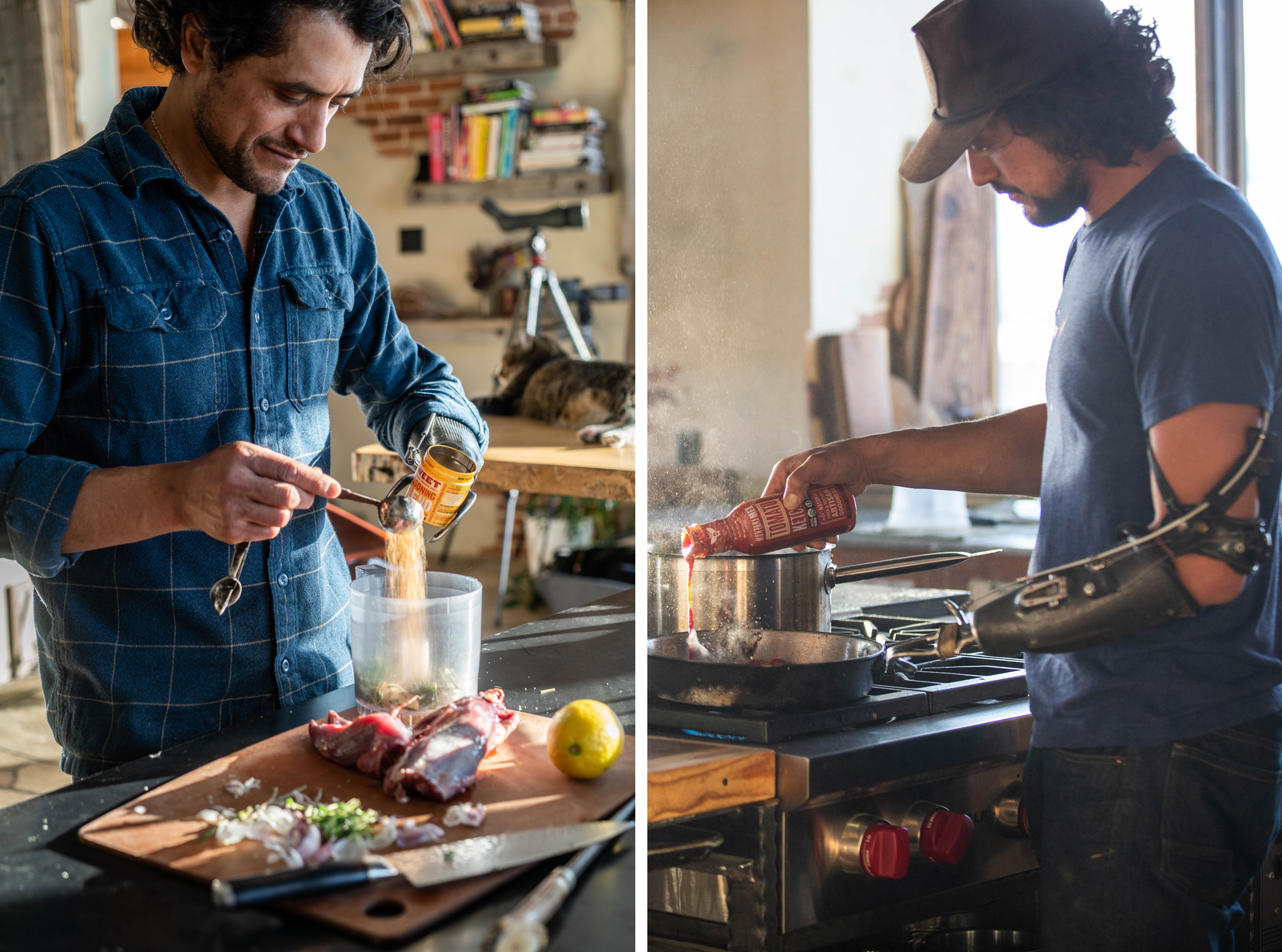
Editor’s Note: Eduardo followed up a few days later with a recipe for his famous Montana Mex pulled pork, be kind to yourself (and whoever you’re cooped up with) and give it a go this week:
Ingredients:
2 Tbsp Montana Mex Sweet Seasoning⠀⠀⠀⠀⠀⠀⠀⠀⠀
1 Tbsp Montana Mex Jalapeño Seasoning⠀⠀⠀⠀⠀⠀⠀⠀⠀
3 lb pork shoulder⠀⠀⠀⠀⠀⠀⠀⠀⠀
1 bottle Montana Mex Sweet & Spicy BBQ Sauce⠀⠀⠀⠀⠀⠀⠀⠀⠀
1 sweet yellow onion, sliced⠀⠀⠀⠀⠀⠀⠀⠀⠀
3 sprigs fresh thyme (or 1 tsp dried)
Instructions:
Combine Montana Mex seasonings and pat onto the pork. Put seasoned pork, onion and thyme in a crock pot and pour in your bottle of BBQ sauce. Close the lid and set for six hours. Walk away and stay busy with a backyard project or spend time reorganizing your pantry. Once done, remove the pork from your crockpot and shred! Put shredded pork back into the crock pot and mix it into all of the delicious juices and sauce — now you’re in for a succulent pulled pork! Serve as you fancy … we sometimes serve as a pulled pork sandwich and top with more Jalapeño Seasoning! -Chef Eduardo Garcia
Check out the rest of the “Against the Odds” series:
Thanks for reading InsideHook.
Sign up for our daily newsletter to get more stories just like this.


